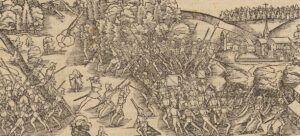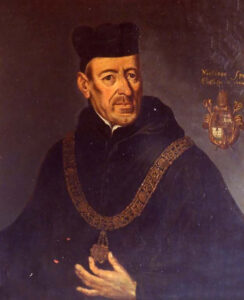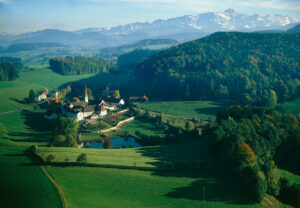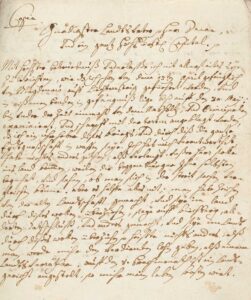
Off with his head!
On 9 June 1712, Christoph Lieber lost his head. A prominent Catholic Klostervogt (abbey bailiff), Lieber was one of the reasons why the conflict between the Swiss denominations flared up again at the beginning of the 18th century.





On 9 June 1712, Christoph Lieber lost his head. A prominent Catholic Klostervogt (abbey bailiff), Lieber was one of the reasons why the conflict between the Swiss denominations flared up again at the beginning of the 18th century.



